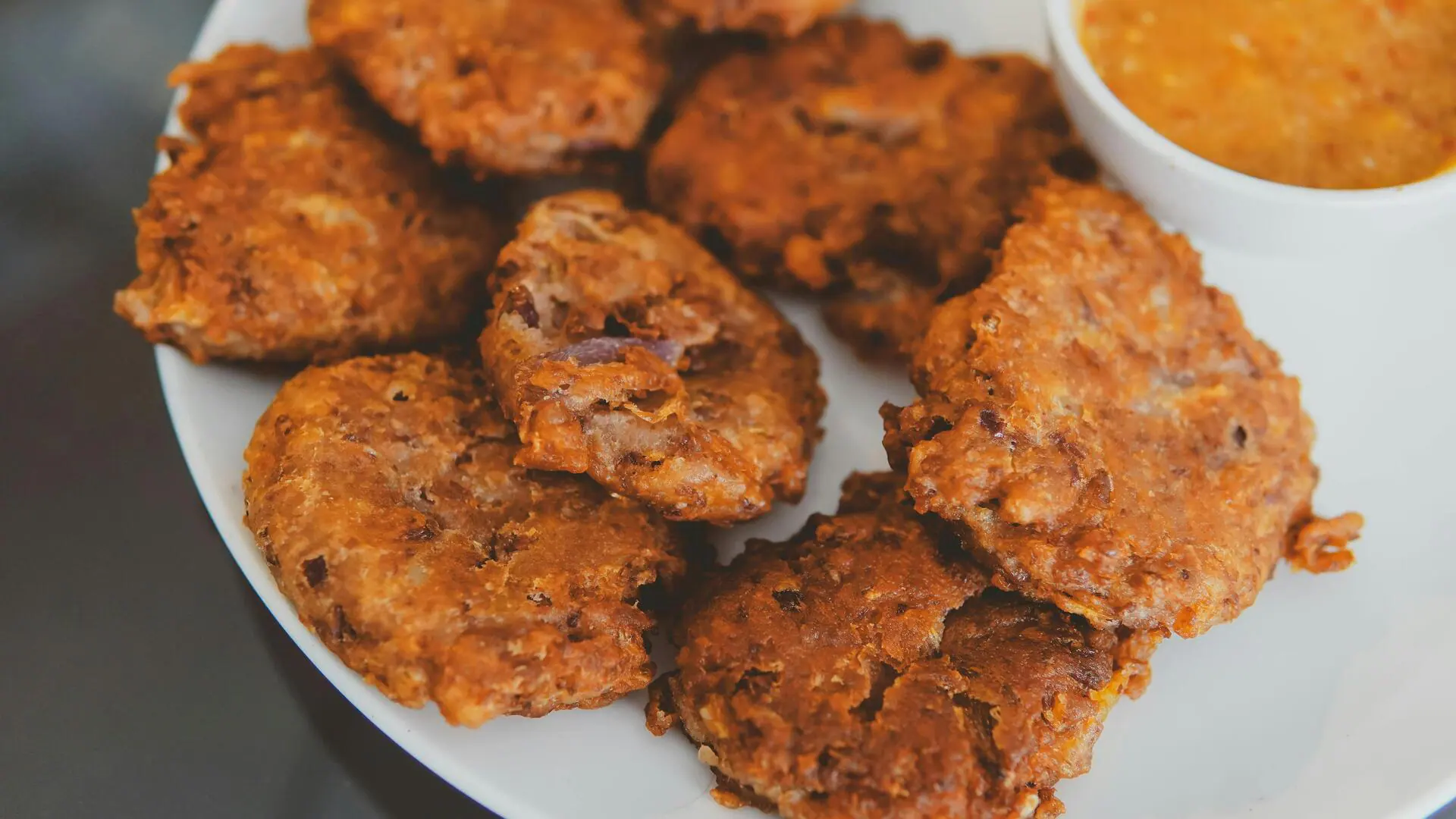Copyright newsbytesapp

Dal pakaudi, a beloved Indian dish, has a rich history that traces the evolution of Indian cuisine. This dish, which is made with lentils and spices, has been a staple in many households for centuries. Its journey reflects the changing tastes and ingredients available in different regions of India. From its humble beginnings to becoming a household favorite, dal pakaudi's story is one of cultural exchange and culinary innovation. The origins of dal pakaudi can be traced back to ancient India, when lentils were a staple in every household. The dish was originally made with locally available spices and ingredients. The simplicity of the dish made it an instant hit among the masses. As trade routes expanded, new spices and flavors were introduced, further enhancing the taste of dal pakaudi. As dal pakaudi made its way across different regions of India, it adapted to local palates and ingredients. In some areas, it is prepared with additional vegetables or different types of lentils. Each region's variation adds a unique flavor profile while retaining the essence of the original dish. This diversity showcases India's rich culinary heritage and regional preferences. In recent years, chefs have started experimenting with dal pakaudi by adding modern twists to this classic dish. Some variations include using quinoa or adding exotic spices for a fusion flavor. These modern adaptations appeal to younger generations who are looking for innovative takes on traditional recipes while still appreciating their cultural significance. Dal pakaudi is not just tasty but also packed with nutrition. Lentils are a great source of protein and fiber, which are essential for a healthy diet. The spices used in the preparation, such as turmeric and cumin, provide anti-inflammatory benefits. Eating dal pakaudi on a regular basis can contribute to your overall health by improving digestion and boosting immunity, making it a great addition to any meal plan.



